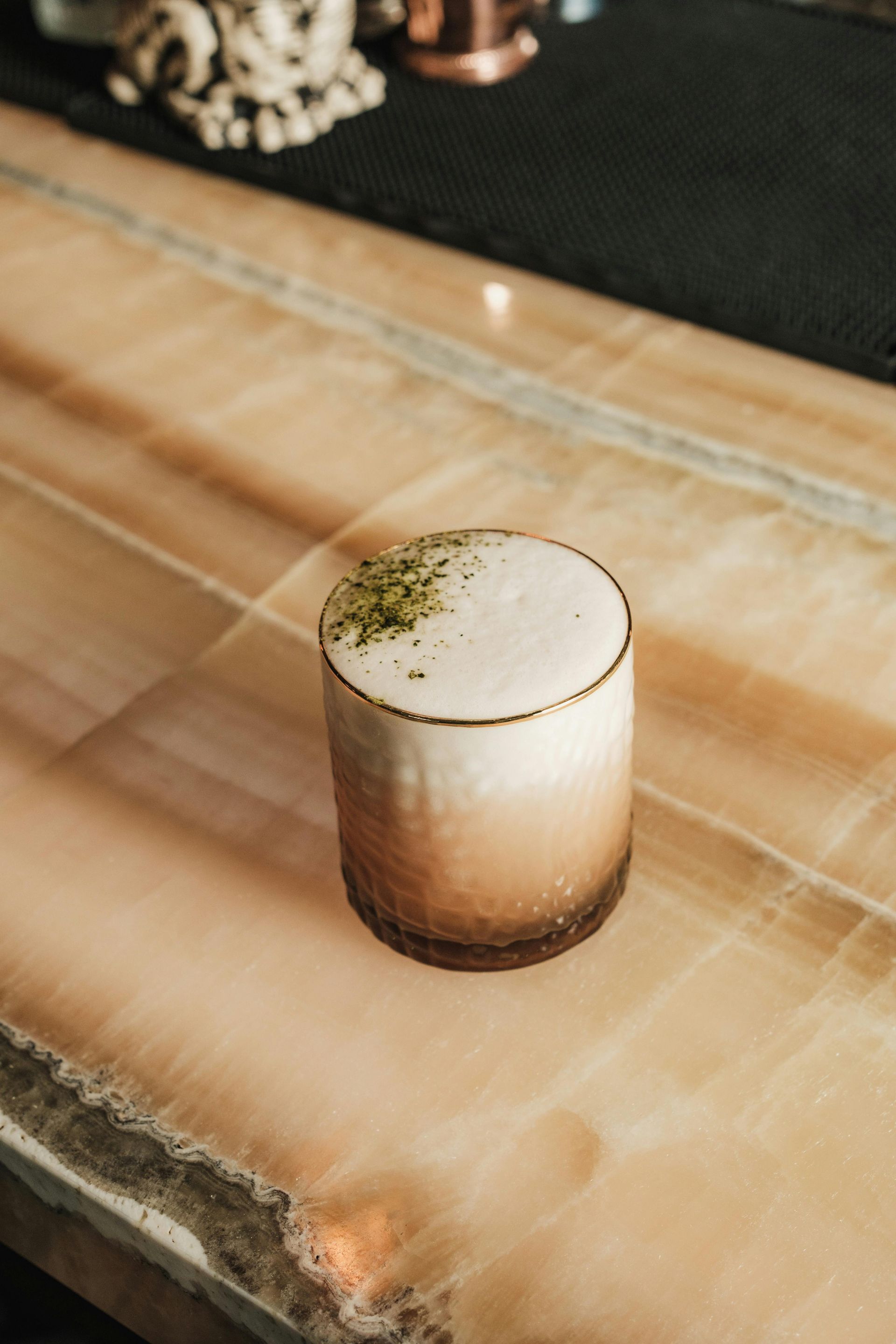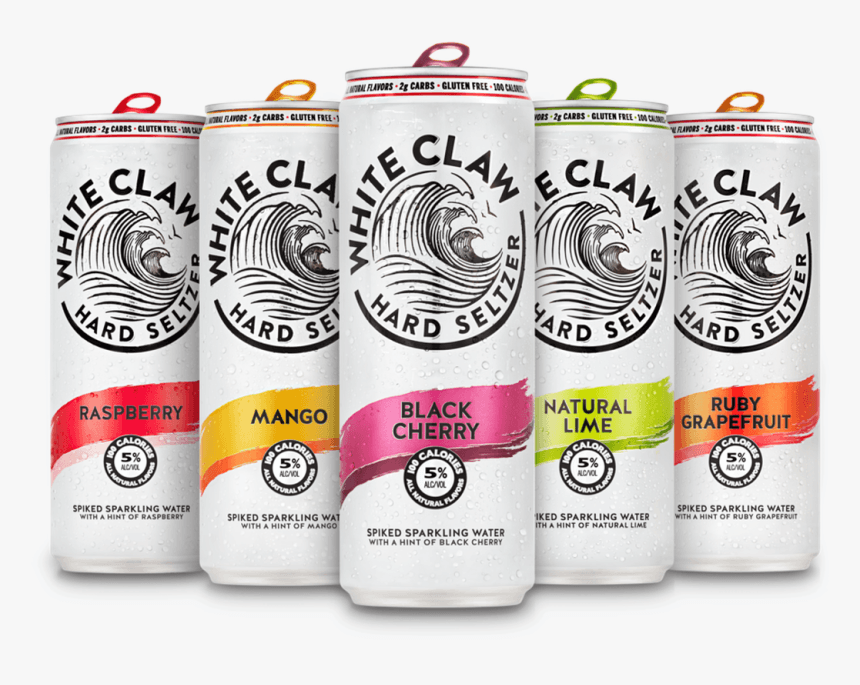Canned Alcoholic Beverage Formulation
The world of canned alcohol is bursting with creativity, offering something for everyone—whether you’re wanting to co-pack a fruity hard seltzer, a crisp gin canned cocktail, or a spicy, herb-infused canned margarita. From the base alcohol to the spices, fruits, and botanicals, the ingredients used in copacking canned alcoholic drinks can completely transform your drinking experience. With an ever-growing variety of flavors, there’s no shortage of options to explore, making canned alcohol a fun and diverse category for both casual drinkers and connoisseurs alike.
1. Fruits and Berries: A Flavorful Foundation
One of the most popular flavor categories when formulating a canned alcoholic drinks is fruit flavor. The combination of alcohol with fresh, zesty, and sweet fruits provides a refreshing and often light taste, making these drinks perfect for summer or casual gatherings. Common fruit flavors include:
- Citrus: Lemon, lime, orange, and grapefruit are staple citrus fruits used to bring tangy, tart notes to canned beverages. They are commonly used in hard seltzers and canned cocktails for a crisp, invigorating flavor.
- Berries: Strawberries, raspberries, blackberries, and blueberries offer fruity, sweet, and sometimes tangy profiles. These flavors are popular in hard seltzers and flavored malt beverages, often giving a more mellow, juicy taste compared to citrus.
- Tropical Fruits: Mango, pineapple, passion fruit, and coconut evoke tropical vibes and are frequently used in canned cocktails and hard seltzers. These flavors provide a sweet, exotic twist, often with a creamy undertone when paired with coconut or coconut water.
- Stone Fruits: Peaches, cherries, and apricots are a sweet addition to canned alcoholic beverages, providing a fuller-bodied, soft sweetness. These fruits pair well with vodka or whiskey-based canned cocktails.
2. Herbs and Botanicals: Layering Complexity
Herbs and botanicals add depth and complexity when co packing canned alcoholic beverages. Many modern drinks, especially canned cocktails and hard seltzers, use these ingredients to provide a more sophisticated and often refreshing twist. Some common botanicals and herbs used include:
- Mint: A cooling, aromatic herb often used in cocktails like mojitos or used in refreshing hard seltzers and other canned beverages for an invigorating touch.
- Basil and Thyme: These herbs bring a savory, aromatic quality that complements sweet fruit flavors. They’re often used in craft canned cocktails for a more gourmet experience.
- Lavender: With its floral and slightly herbal profile, lavender is increasingly used in canned cocktails and hard seltzers to add a subtle floral note.
- Cucumber: While technically a fruit, cucumber is often treated as an herb for its light, refreshing, and slightly savory profile. Cucumber-infused canned drinks can be quite refreshing, offering a spa-like quality to the drinking experience.
3. Spices: A Dash of Warmth and Heat
Spices provide a warming element to many co packed canned alcoholic drinks, especially in the colder months or when aiming for a more complex, layered flavor profile. Common spices used include:
- Ginger: A go-to ingredient in many ginger beers and spiked sodas, ginger offers a zesty, mildly spicy kick that balances sweetness with a sharp tang. It's a favorite pairing in canned cocktails like Moscow Mules or spiced hard ciders.
- Cinnamon: Often used in seasonal beverages (think autumn or winter), cinnamon gives a warm, sweet-spicy flavor that pairs well with rum, whiskey, or cider-based canned drinks.
- Cloves and Nutmeg: These warm spices are often used in mulled or spiced drinks, giving them a festive and comforting aroma and flavor.
- Chili Peppers: For those who like their drinks with a spicy kick, chili peppers or jalapeño infusions add a level of heat that can balance sweet fruits or give an exciting twist to canned margaritas, Micheladas, or spicy hard seltzers.
4. Citrus Zest and Peels: Bright and Bold
Citrus zest and peels are commonly used the to add an extra layer of brightness. The oils found in the peel provide an aromatic, zesty component that can intensify the fruit flavors in the drink. Popular options include:
- Lemon zest: Often used in cocktails and hard seltzers to enhance the lemon flavor and provide an aromatic sharpness.
- Orange peel: Used for its fragrant, slightly bitter taste, orange peel adds depth to drinks, especially when paired with gin or tequila-based canned cocktails.
- Grapefruit zest: The aromatic and slightly bitter flavor of grapefruit zest adds complexity to hard seltzers and canned cocktails, providing a tangy and refreshing edge.
5. Sweeteners: Enhancing the Flavor Profile
Most canned alcohol beverages balance sweetness with the bitterness of alcohol, often using different types of sweeteners to create that perfect harmony. Common sweeteners include:
- Sugar and High-Fructose Corn Syrup (HFCS): Both traditional sweeteners used to provide the primary sweetness in many beverages, including malt-based drinks and hard sodas. These sugars are inexpensive and effective in boosting flavor.
- Stevia and Monk Fruit: These sugar substitutes are gaining popularity in the world of canned alcohol, especially among health-conscious consumers. They provide sweetness without the calories, though their flavor can sometimes differ from regular sugar.
- Honey and Agave: These natural sweeteners add a distinct flavor profile to the beverage. Honey can provide a rich, floral sweetness, while agave offers a mild, neutral sweetness with earthy undertones, often used in tequila-based canned drinks.
6. Alcohol Base: What Defines the Drink
The base alcohol used in formulating canned beverages also contributes significantly to their flavor. Some of the most common types of alcohol found in canned drinks include:
- Beer and Malt: Flavored malt beverages, such as hard seltzers, malt-based beers, and spiked sodas, are made from fermented grains, often barley, and come in a range of flavors from light to rich. They often serve as a neutral base that lets fruit and spice flavors shine.
- Vodka: Known for its neutral taste, vodka is commonly used in canned cocktails, allowing the added flavors (like fruit or herbs) to dominate. Vodka-based drinks are typically cleaner and crisper, with a smoother finish.
- Tequila: Tequila-based canned drinks, such as margaritas, are a fan favorite. Tequila’s herbal, earthy taste pairs perfectly with citrus and tropical flavors, providing a strong base that complements sweet and spicy notes.
- Rum: Often found in tropical-flavored canned cocktails, rum’s sweetness and molasses-like depth provide the perfect base for flavors like coconut, pineapple, and lime.
- Whiskey: Whiskey, with its smoky, oaky flavor, is commonly used in canned old fashioneds, whiskey lemonades, and other classic cocktails. The richness of whiskey works well with bold flavors like ginger or cinnamon.
7. Carbonation and Water
For many canned alcoholic drinks, especially hard seltzers and spritzers, the level of carbonation plays a big role in the drinking experience. The effervescence provides a refreshing, light mouthfeel and accentuates the flavors. In addition, some canned drinks use sparkling water or mineral water to add complexity to the flavor profile, while also keeping the drink light and crisp.
8. Natural and Artificial Flavors: Enhancing Taste
To create bold and consistent flavor profiles, many canned alcohol brands use natural and artificial flavorings. Natural flavors, derived from fruit or herbs, provide an authentic taste, while artificial flavors offer consistency and cost-effectiveness.
- Natural flavors are often used to mimic fresh fruits, herbs, or spices in a beverage.
- Artificial flavors may be added to enhance specific notes, especially in mass-market canned alcohol drinks, though some consumers prefer drinks with natural ingredients due to concerns over chemicals or synthetic additives.



